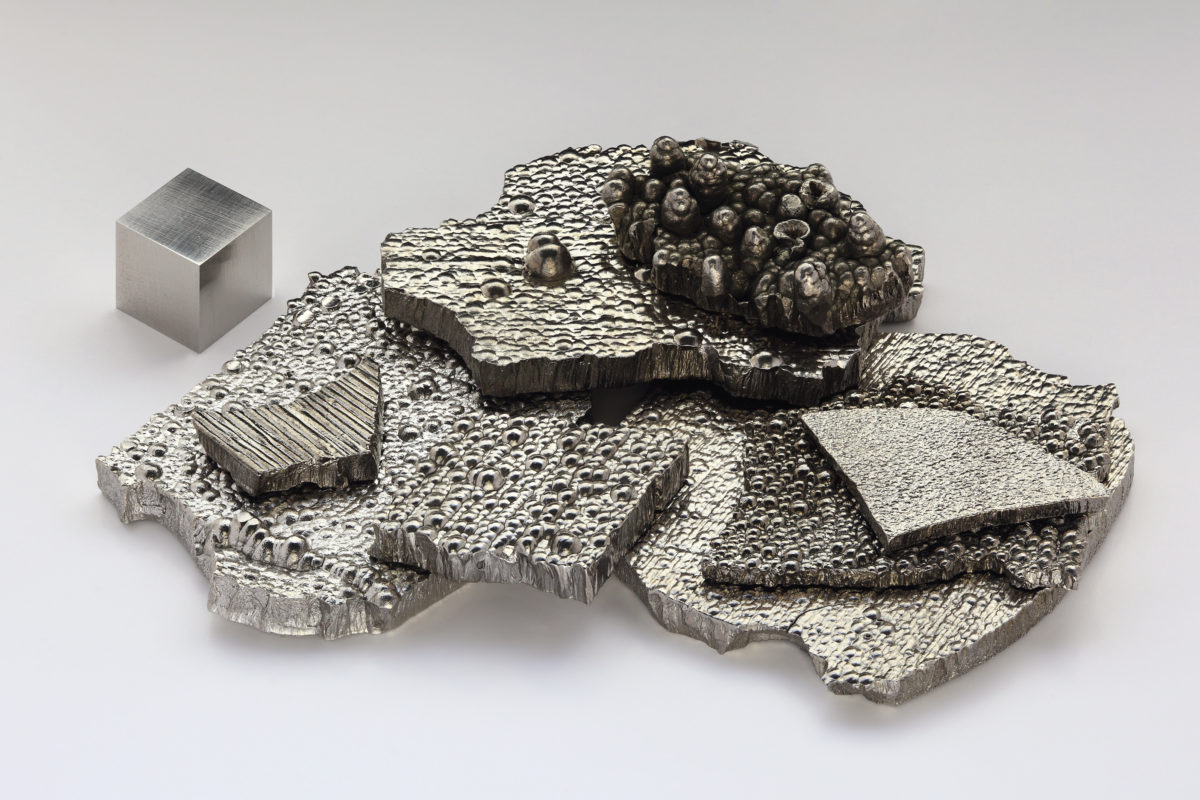A 26% rise in the price of cobalt over the first quarter (Q1) of the year could have serious price ramifications for lithium-ion battery producers, warn experts from Taiwanese data analysis firm, EnergyTrend.
According to new data, the cost of cobalt has reached US$95/kg, up from just $32/kg at the start of 2017 – a year that saw a 114% price increase. EnergyTrend says that this soaring cost for cobalt – of which half the world’s supply comes from the politically unstable Democratic Republic of Congo – will continue to bring price challenges to the stationary storage and electric vehicle (EV) industries, both of which are hedging their future growth on falling lithium-ion battery prices.
Cobalt’s use in such chemistries allows battery makers to increase the energy density of their products, and while new and next generation alternatives are becoming increasingly available, much of the future price reduction projections were made on the basis of cheaper raw material costs than currently.
EnergyTrend senior research manager, Duff Lu said that the increase in cobalt metal prices is “influenced by short-term speculation in the market”, which suggests that prices could come down in the near future. Cobalt costs are currently contingent on the supply side only, rather than supply and demand, Lu added.
Furthermore, second-tier, ie, smaller, battery makers do not have the bankability to secure the best prices and as such are in danger of being hit hardest by the sharp increase in cobalt’s cost, with many overly reliant on first-tier manufacturers for their cost consideration.
Popular content
Lu says that this could result in a less diversified supply, stagnant innovation and less healthy competition in the market.
One workaround is for battery system makers to accelerate the development of new generation materials in their batteries. Products with a higher ratio of nickel, silicon oxide or cathode materials can be produced using less cobalt, while blended polymer solutions such as NMC and LCO batteries (where such components are mixed into the anode materials of lithium-ion batteries) may deliver around 20% lower energy density currently but represent technological development in the right direction, Lu added.
“Major battery cell suppliers like Samsung SDI, LG Chem, and Lishen have all proposed blended polymer solutions in which the portion of NMC is higher than 20%,” Lu said.
“However, swelling of the cell remains a problem for the application of NMC materials in polymer batteries. Therefore, the industry has not yet accumulated complete R&D experience. There will be a chance to see a small amount of blended polymer batteries in the market in the second half of 2018. However, if the cobalt price declines rapidly in the future, it will need further observation to find out whether the development of blended polymer solutions is valuable for the market.”
This content is protected by copyright and may not be reused. If you want to cooperate with us and would like to reuse some of our content, please contact: editors@pv-magazine.com.


By submitting this form you agree to pv magazine using your data for the purposes of publishing your comment.
Your personal data will only be disclosed or otherwise transmitted to third parties for the purposes of spam filtering or if this is necessary for technical maintenance of the website. Any other transfer to third parties will not take place unless this is justified on the basis of applicable data protection regulations or if pv magazine is legally obliged to do so.
You may revoke this consent at any time with effect for the future, in which case your personal data will be deleted immediately. Otherwise, your data will be deleted if pv magazine has processed your request or the purpose of data storage is fulfilled.
Further information on data privacy can be found in our Data Protection Policy.